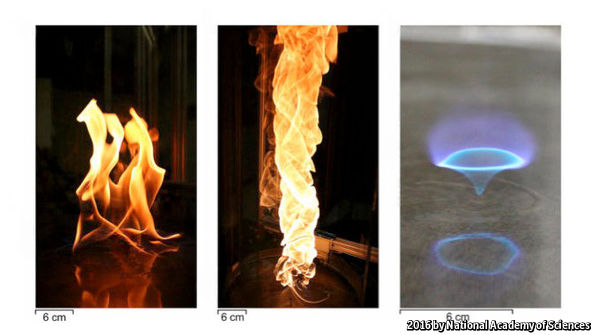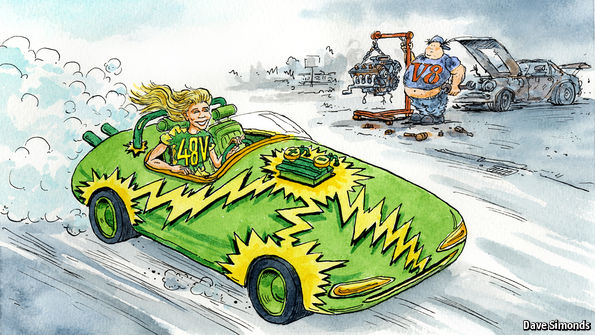Gone today, hair tomorrow

PEOPLE’S ability to hear depends on bundles of tiny hairs found inside their ears. When these bundles vibrate in response to sound, cells at their base send signals to the brain, which then translates them into the rich symphony that fills the world. In normal circumstances, this symphony leaves the hairs unharmed. But exceptionally loud noises—close cracks of thunder, the emissions of rock-concert loudspeakers and so on—can disorganise the bundles, traumatising and sometimes killing the cells they are connected to. Doctors have long believed such damage to be irreversible, but an experiment led by Glen Watson of the University of Louisiana, Lafayette, and published in the Journal of Experimental Biology, suggests an ointment containing proteins harvested from sea anemones may do the trick.
Some anemones, such as Nematostella vectensis, pictured above, have a primitive sense of hearing: tiny hair bundles scattered along their tentacles sense when animals that they can sting are nearby. Wounds from battles with struggling prey often disorganise these bundles but, unlike the hair bundles found in the ears…Continue reading
Source: Economist











